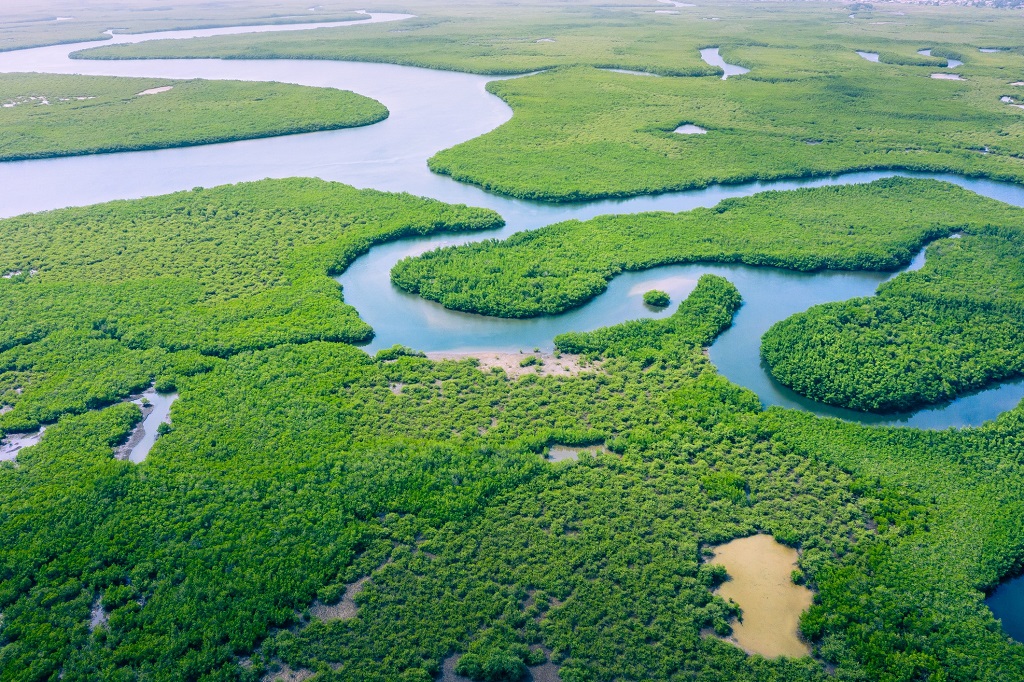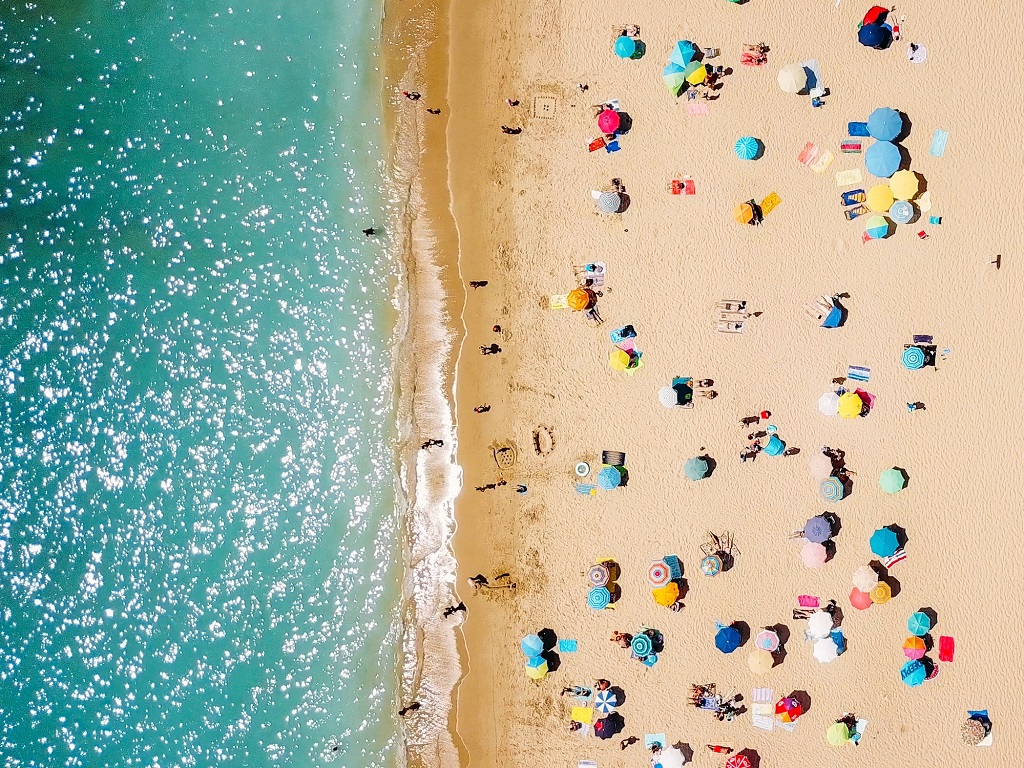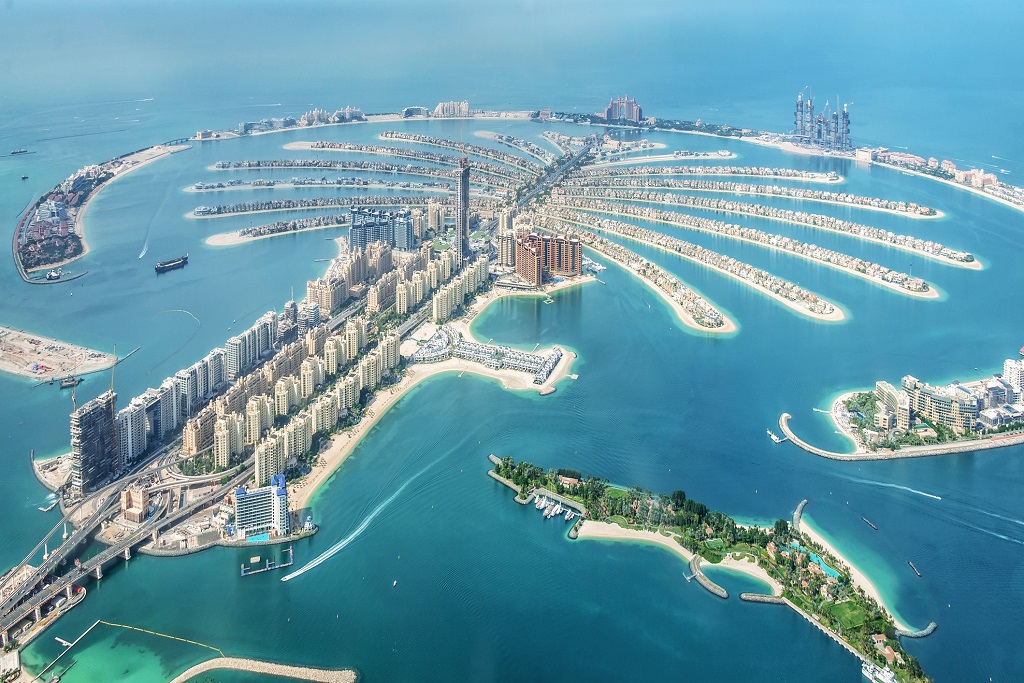The Sky-High Art of Aerial Photography
Aerial photography is garnering significant attention within the realm of photography, courtesy of the latest drone technology. With a drone at hand, the sky is nothing less than your dimensional canvas waiting for you to create, capture, and communicate dynamically unique visual narratives. Let’s unravel its importance and see how it’s changing our perspective of viewing the world.
The Significance of Aerial Photography
The growing significance of aerial photography lies in its immense potential to create stunning visual content:
• It offers an exclusive vantage point, bringing out unseen patterns and relationships on the ground.
• It helps create engaging promotional and advertising content for a range of industries such as real estate, tourism, entertainment, and more.
• It assists in urban planning, disaster management, and ecological studies.
How Aerial Photography Changes Perspective
Aerial photography allows us to see the world from an entirely new angle, thus generating unique perspectives. It defies the constraints of traditional photography, granting visually stunning views that were limited to birds and aircraft pilots in the past. It’s like stepping back to appreciate the puzzle; the larger picture essentially helps us understand our place within the broader context of life and locations. Enabling us to capture images from a different viewpoint literally elevates our understanding and appreciation of our surroundings. It’s a game-changer in the world of photography indeed!
Understanding Aerial Photography
Photography has numerous genres and specialties, but Aerial Photography is one of the most fascinating, breathing fresh life into traditional photography. But what exactly is it?
Breadth and Scope of Aerial Photography
With Aerial Photography, the sky’s not just the limit—it’s a playground! This branch of photography involves capturing images from an elevated or bird’s-eye view, allowing you to present landscapes, cityscapes, and significant locations from a fresh and mesmerizing perspective. Aerial Photography ranges from basic and amateur drone shots to complex, professionally shot images from helicopters and planes. Other forms involve attaching cameras to kites, balloons, or even birds! Key elements to consider in Aerial Photography include:
– Landforms and Geography
– Patterns and shapes unnoticed from the ground
– Weather phenomena from a spectacular view
The Impact of Drone Technology on Aerial Photography
Considering that access to aircraft can be both costly and complicated, the advent of drone technology has revolutionized the way photographers approach Aerial Photography. Providing a cost-effective and user-friendly alternative, drones have democratized this genre, making it more accessible to photography enthusiasts of all levels. They’ve allowed photographers to go to places that were previously unreachable, stretching the boundaries of creativity and helping birth a slew of breathtaking visuals that further highlight the charm and wonder of our world from above.
Essential Equipment for Aerial Photography
Being properly equipped is a major factor when you’re venturing into Aerial Photography. Two essential components you need to consider are the drone and the series of accessories that accompany it.
Choosing the Right Drone for Aerial Photography
The drone is the heart of Aerial Photography. The most critical consideration while choosing a drone is camera quality. High-resolution cameras that can capture 4K video are most desirable. Equally important are the drone’s stability and flight time. Opt for a drone with an easy-to-use controller if you’re a beginner. For professionals, drones with advanced features such as auto-follow and trajectory prediction can bring unique perspectives and add a creative edge to your work.
Important Accessories to Enhance Your Photography
The right accessories can significantly enhance the quality of your aerial shots. Listed below are a few crucial ones:
– Extra Batteries: To prevent your drone from running out of power during key moments.
– Lens Filters: These can improve image quality by reducing glare and enhancing colors.
– Spare Propellers: It’s helpful to have these handy in case of any accidental damages.
– Carrying Case: A good quality case will ensure safe transportation of your drone and its accessories.
With the right drone and essential accessories, you can confidently set out to capture your own unique aerial perspectives.
Mastering Drone Controls
In order to take stunning aerial photographs, having mastery of drone controls is indispensable. But, don’t worry! It’s not as daunting as it seems. We are here to guide you through it all.
Standard Control Layout and Their Purpose in Aerial Photography
There are four main controllers that every aerial photographer should be acquainted with:
– Throttle – allowing the drone to move up & down
– Pitch – controlling forward & backward movement
– Yaw – facilitating left & right turning
– Roll – letting drone strafe left & right
Understanding these drone controls helps keep your drone safe, steady, and ready for the perfect shot. Moving smoothly will also provide stability, ensuring the aerial shots are not blurry.
Tips for New Drone Pilots
If you’re just starting your journey with drone photography, here are a few tips to help you get off the ground safely:
– Start slow and steady, and get comfortable with basic drone controls.
– Filter through beginner, intermediate, and expert flight modes as your skills improve.
– Be aware of weather conditions and avoid high wind days.
– Always keep your drone in sight, and follow local drone regulations.
– Practice maneuvers and techniques in an open, safe location before moving to more complex environments.
By honing these skills, you’ll be able to confidently capture the world from a new perspective – from the sky!
Weather Conditions and Their Impact on Aerial Photography
Understanding how weather conditions can impact your aerial photography can make or break a perfect shot. From unpredictable weather changes to discovering the ideal climate for flying, these factors play a significant role in brilliantly capturing aerial photos.
Ideal Weather for Aerial Photography
The perfect weather for Aerial Photography is a tricky one to pinpoint as it really depends on what you want to capture. However, a general rule of thumb for beginners is to aim for clear, calm days with minimal wind. This allows for safe and easily controlled drone operation, as well as crisp and clear photos. A few things to remember are:
– Bright, sunny days enable rich and splendid colors to pop.
– Early mornings and late afternoons offer the best lighting for a dramatic effect, thanks to the golden hour.
Dealing with Unpredicted Weather Changes
Despite our best planning, Mother Nature can still throw us curveballs. Unanticipated weather changes can potentially put your drone at risk and spoil your photos. Here’s how you navigate them:
– Always check the weather forecast before a session.
– Use weatherproof drones when possible.
– Learn to incorporate weather elements such as clouds, rain, or fog creatively into your photos for unique effects.
Honing your adaptation skills in such conditions can truly elevate your art of Aerial Photography to new heights.
Crafting Unique Perspectives through Aerial Photography
Aerial photography is not merely about holding a camera aloft. It requires a keen eye for detail and an understanding of the landscape below. Two key components are essential in this process: finding unique angles and understanding the importance of composition.
How to find unique angles for your shots
It’s important to challenge the standard rule of not flying directly overhead or at only one height. Explore the scope provided by your drone’s altitude range and go creative with your angles.
• Diagonal: Capturing from a diagonal angle often offers a more dynamic view than a direct overhead snap.
• Low Altitude: At times, a higher perspective isn’t active. Lower altitude shots can provide an intimate feel.
• Shadow Play: Utilize the sun to cast dramatic shadows and bring a new dimension to your images.
The Importance of Composition in Aerial Photography
Composition is the backbone of any great image, and aerial photography is no exception. It helps to understand the Rule of Thirds, where the frame is divided into thirds both horizontally and vertically, creating intersecting points where eye-catching aspects of the shot should ideally be positioned.
• Symmetry: In aerial shots, symmetry can be easily found in natural and urban landscapes.
• Leading lines: The bird’s eye view uniquely emphasizes the leading lines in roads, rivers, and natural formations, guiding the viewer’s eye toward the focal point.
Stay open to experimentation, and you’ll uncover manifold ways to push the envelope and achieve unique perspectives in aerial photography.

Aerial Landscape Photography: A Different View of the World
Aerial Landscape photography is a game-changer, providing a fresh, unexplored view of our world. Looking down from the sky can indeed transform ordinary landscapes into abstract masterpieces, and detailed shots of landmarks can reveal dimensions hitherto unseen.
Essential tips for capturing stunning landscapes
- **Master your drone features:** Understand your drone inside and out, from its camera capabilities to the flight modes. Some drones offer preset features like ‘orbit’ or ‘follow me’ that can help you capture amazing clips.
- **Height isn’t always better:** Getting high up in the air can provide a unique perspective, but don’t ignore the power of lower flights. A closer angle can add a level of detail and depth to your landscape pictures and induce a 3D effect.
- **Lighting matters:** The golden hours (early morning or late afternoon) offer the most evocative lighting for aerial photography. Also, don’t shy away from exploring different weather conditions as they can add a completely different vibe to your photos.
How to capture landmarks from a drone
When capturing landmarks, it’s important to integrate both the traditional and the unique. Try capturing a commonly recognized angle, then experiment with more unusual angles. Fly around the landmark and try shots from different aspects. The final composition often stands out when you mix the familiar view with a fresh aerial perspective. Always ensure you are respecting local laws and drone restrictions while doing aerial photography around landmarks.

Making Your Aerial Photographs Stand Out
In the realm of aerial photography, the work does not stop once you land your drone. It’s essential to experiment, innovate, and post-process your captures to make your photos stand out.
Post-processing your aerial photographs
Post-processing is the act of refining and enhancing your raw photographs to make them look better. With aerial photography, this often involves improving the sharpness, clarity, and colors to bring out the best aspects of your unique, high-end point of view. Here are a few post-processing tips:
– Use software such as Adobe Lightroom or Photoshop to adjust the contrast, saturation, and colors
– Finely tune details and remove any unwanted elements
– Consider cropping or changing the aspect ratio to improve the photo’s composition
Experimenting with light and shadow
Playing with light and shadow can create dynamic contrasts and help deliver dramatic aerial photos. Capturing your images at different times of the day, especially during the ‘golden hours’—which is early morning or late afternoon—can result in unique perspectives.
– Try capturing the long shadows cast by objects in the late afternoon
– Experiment with backlighting, where the light source is behind your subject
– Understand how sunlight affects different landscapes and elements
Remember, with aerial photography, your unique viewpoint is just the beginning. The fun and creativity truly begin when you start to experiment with your captures.
Legalities and Ethical Considerations in Aerial Photography
Before your drone takes off, a good Aerial Photographer needs to understand the important legalities and ethical considerations that come with this sky-bound art.
Understanding your local drone laws
In many countries, drone operators must comply with specific laws and regulations. These could include needing a license or permit, flight restrictions in certain areas, and other rules about how drones can be used. Depending on your location, you may need to register your drone or even obtain drone insurance. Make sure you’re aware of these guidelines before you begin:
– Drone registration requirements
– Restricted air zones
– License and qualifications needed for drone flying
– The use of drones in certain weather conditions
Respecting privacy and nature when shooting
An ethical Aerial Photographer always respects the privacy and tranquility of other people and nature. Remember – just because you can fly a drone, doesn’t mean you should hover over people’s homes, disturb wildlife, or venture into protected natural sites.
– Always seek permission when flying over private property
– Avoid flying close to animals or disturbing their environment
– Be respectful of cultural and religious sites.
Navigate your drone as if you’re a responsible guest – none will appreciate an intrusive or disrespectful visitor from above!
Aerial Photography opens up a new world of creativity and perspective, granting you the power to capture a broader view of our vibrant planet from a bird’s eye perspective. It’s much more than just learning to maneuver a drone; it’s about appreciating the versatility of angles and perspectives that breathe life into our photographic expressions.
Continuing Your Journey in Aerial Photography
Embracing the thrill of Aerial Photography is a journey that lasts a lifetime. Yes, there’s a learning curve, especially with mastering drone controls and understanding weather conditions. But with practice, patience, and a persistent spirit, you’ll soon be creating unforgettable images from the sky. Don’t forget:
– Stay updated with the latest drone technology.
– Experiment with different angles and heights.
– Study and understand the laws of the land regarding drone usage.
How this Unique Perspective Can Enhance all Areas of Photography
The unique perspectives garnered through Aerial Photography can enhance and enrich all areas of photography. Whether you’re a lifestyle photographer, a street photographer, or a landscape enthusiast, viewing your subjects from an elevated perspective adds depth and offers new narratives that are otherwise lost on ground level images. Incorporating aerial views into your photographic repertoire breathes fresh inspiration into every shot you take, regardless of genre. So, let’s fly high and capture the extraordinary!
Images Source: Dreamstime Stock Photos




